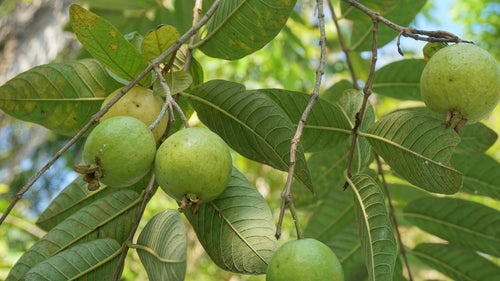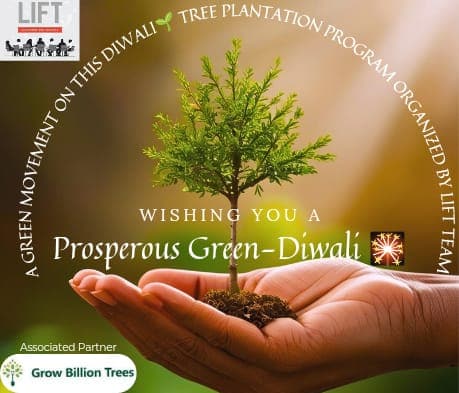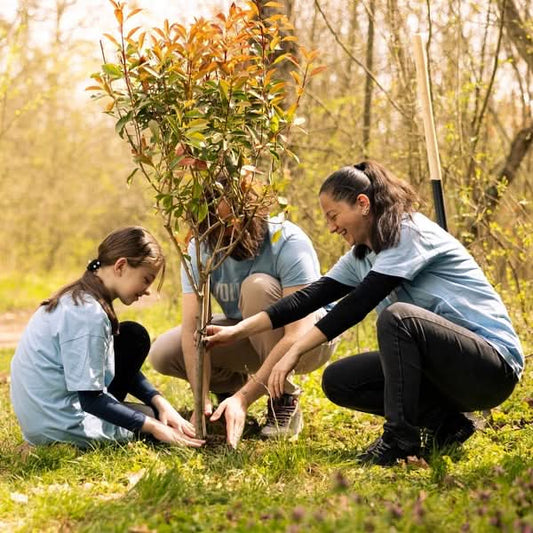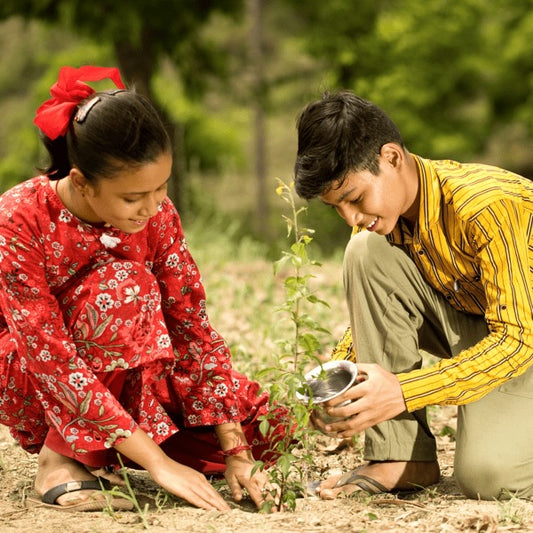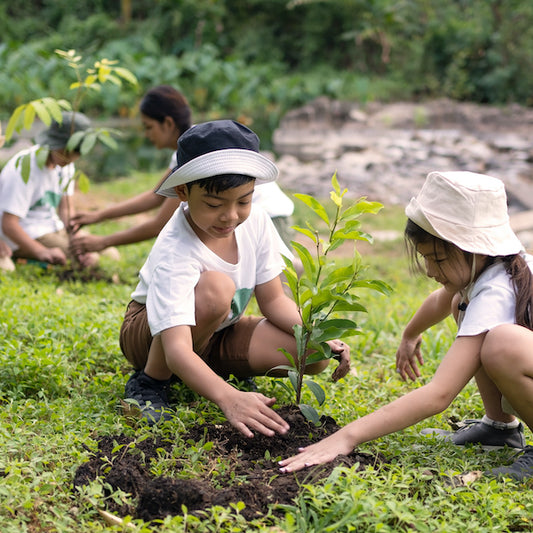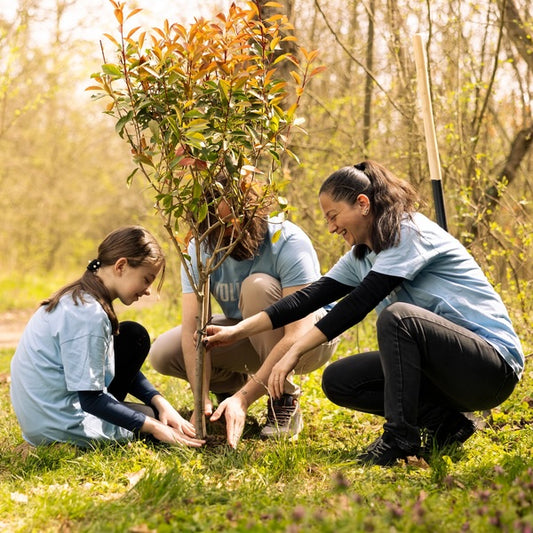Forbes Grows Opportunity: Agroforest Initiative for Environmental and Economic Resilience
Forbes' tree plantation initiative in the agroforest concept reflects its commitment to sustainability and thought leadership. As part of its Small Bu Read more
Project Update 3
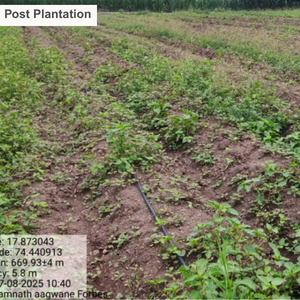
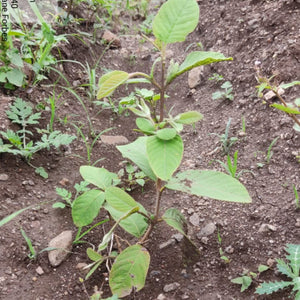
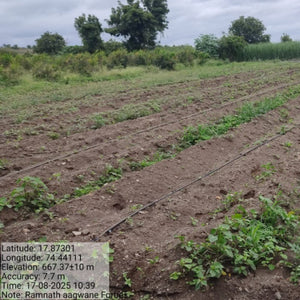
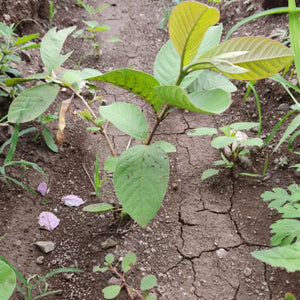
Project Update 2



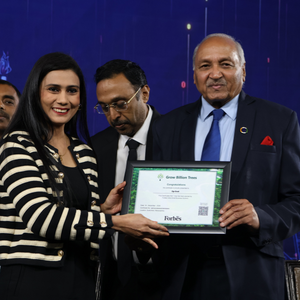

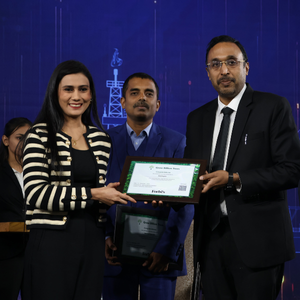




Project Update 1
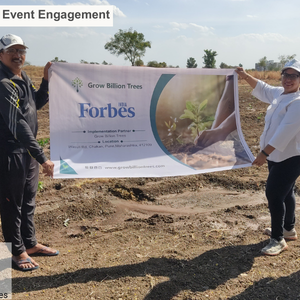
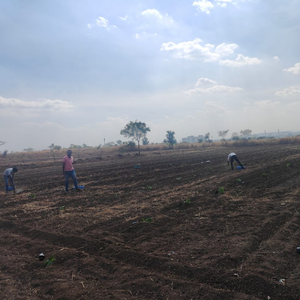
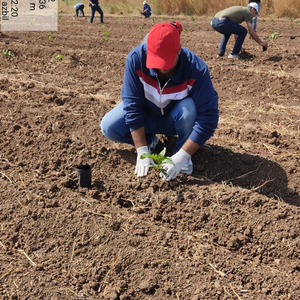
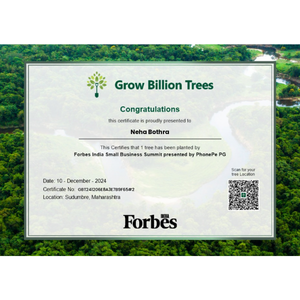
Digital Forest
Forest with 23 Trees planted
Want to plant your tree now?
Plant a Tree @ 299Trees Planted
Forbes Grows Opportunity: Agroforest Initiative for Environmental and Economic Resilience
Forbes' tree plantation initiative in the agroforest concept reflects its commitment to sustainability and thought leadership. As part of its Small Business Summit, Forbes took a unique approach to honor the event’s speakers by planting a tree. This initiative not only symbolizes gratitude but also promotes environmental stewardship.
At the heart of this initiative is a farmer-centric approach. By integrating trees with agricultural landscapes, it supports key benefits for farmers, such as enhanced income diversification through the sale of fruits, timber, and other produce, improved livelihood resilience against climate risks, and reduced farming costs through natural soil enrichment. The initiative also fosters biodiversity, restores ecosystems, and improves soil health. Each speaker receives a certificate with a QR code, enabling them to track their dedicated tree's growth, fostering a personal connection with the cause.
This initiative aligns with Forbes' legacy of driving progressive change, much like its role in championing business innovation and sustainability. By blending recognition with environmental responsibility, Forbes exemplifies how businesses can support rural livelihoods, promote green practices, and inspire sustainable development.
Tree Plantation Date
10th December 2024
Plantation Location
Girvi, Phaltan, Satara 415523
Trees Planted
Total Count: 30 Trees
Species Name: Guava
Forest Type: Agroforest
Forbes, a global leader in business journalism and innovation, champions a farmer-centric approach through its agroforest tree plantation initiative. By partnering with local farmers, the initiative enhances income diversification, offering farmers additional revenue from fruits, timber, and other agroforestry products. It strengthens livelihood resilience, helping farmers mitigate the impacts of climate change, while reducing farming costs through natural soil enrichment and pest control. This approach also promotes environmental sustainability by integrating trees into agricultural landscapes, enhancing biodiversity, restoring soil health, and creating a resilient ecosystem that supports sustainable farming. Additionally, the initiative contributes to carbon sequestration, aligning Forbes' commitment to ecological responsibility with its vision of fostering inclusive, progressive ecosystems for a sustainable future.
Advantages Of Agroforest
Enhanced Biodiversity
Forbes' agroforest initiative promotes the integration of a variety of tree species within agricultural landscapes. This encourages a diverse range of flora and fauna, providing habitats for wildlife and supporting the broader ecosystem. By enhancing biodiversity, the initiative helps create more resilient environments capable of withstanding pests, diseases, and climate variations, ultimately improving the health of the land.
Soil Health Improvement
Agroforestry, a key component of the initiative, helps to improve soil structure and fertility. The trees planted in these systems act as natural soil protectors, reducing erosion and improving water retention. The roots of trees also help prevent soil degradation, and organic matter from fallen leaves enhances soil nutrients, ensuring better crop yields over time.
Carbon Sequestration and Climate Mitigation
By planting trees, Forbes’ agroforest initiative plays a crucial role in combating climate change. Trees naturally absorb carbon dioxide from the atmosphere and store it in their biomass, acting as a carbon sink. This helps reduce the overall carbon footprint of agricultural practices, contributing to climate change mitigation efforts and promoting a healthier, more sustainable environment.
Additional Income Streams for Farmers
The incorporation of trees into farming systems can offer farmers additional sources of income. Through agroforestry, farmers can benefit from multiple revenue streams, such as timber, fruits, nuts, and medicinal plants, alongside their regular crops. This diversification helps stabilize their earnings and provides economic resilience, especially in times of market volatility or crop failures.
Water Conservation and Management
Agroforestry practices, like the ones promoted by Forbes, improve water management within farming systems. The trees help with water infiltration and retention, reducing runoff and ensuring that water is available for crops during dry periods. This is particularly important in areas prone to droughts or erratic rainfall patterns, making agriculture more sustainable in the long term.
Sustainable Land Use
The agroforest model ensures that land is used in a way that balances agricultural productivity with environmental conservation. By integrating trees into agricultural areas, Forbes supports sustainable land-use practices that prevent overexploitation and promote long-term environmental health. This approach helps avoid the depletion of natural resources and ensures that farming remains viable for generations to come.
Promotion of Social and Economic Equity
Forbes' initiative in agroforestry supports local farmers, particularly those in rural areas, by providing them with the tools and knowledge to adopt sustainable farming practices. The added income and environmental benefits from agroforestry contribute to poverty reduction, create jobs, and foster economic empowerment, ensuring that communities thrive in both ecological and financial terms.
Enhanced Crop Resilience
The diversity of tree species in agroforestry systems contributes to more resilient agricultural landscapes. Trees act as windbreaks, reducing crop damage from strong winds, while also providing shade and temperature regulation for sensitive crops. This microclimate regulation helps to protect crops from extreme weather conditions, improving yields and reducing the risks associated with climate change.
Activities During Tree Plantation
During Forbes' tree plantation initiative in the agroforest concept, all plantation activities were meticulously carried out by skilled farmers, ensuring precision and sustainability in every step. The process began with site preparation, which involved clearing debris, leveling the land, and enriching the soil with organic nutrients to create an optimal environment for tree growth. Farmers then carefully planted the selected diverse tree species suited to the local ecosystem, ensuring a harmonious blend with existing agricultural landscapes. Post-plantation, mulching and watering were diligently performed to provide the saplings with adequate moisture and protection. The farmers also implemented companion planting techniques, integrating trees with crops to maximize biodiversity and soil health. This hands-on approach not only guaranteed the success of the initiative but also empowered farmers as stewards of sustainable agroforestry practices.
Tree Plantation Purpose
SDGs Achieved Through Forbes' Agroforest Tree Plantation Initiative
1. SDG 1: No Poverty
By empowering farmers with sustainable agroforestry practices, Forbes' initiative creates additional income sources, such as timber, fruits, and medicinal plants. These supplementary earnings enhance the economic stability of rural communities, reducing poverty and fostering long-term financial resilience.
2. SDG 2: Zero Hunger
The agroforest model integrates trees with crops, improving agricultural productivity and ensuring food security. Enhanced soil fertility and biodiversity lead to healthier crops, while diverse produce from agroforestry systems contributes to better nutrition for local communities.
3. SDG 8: Decent Work and Economic Growth
The initiative generates employment opportunities for farmers and workers involved in plantation and maintenance activities. By promoting sustainable agricultural practices, it boosts rural economies and contributes to inclusive and equitable economic growth.
4. SDG 13: Climate Action
Trees planted in agroforests play a crucial role in carbon sequestration, mitigating the effects of climate change. Forbes' initiative helps reduce greenhouse gas emissions while building climate resilience in agricultural systems, aligning with global efforts to combat climate change.
5. SDG 15: Life on Land
The project enhances biodiversity by integrating native tree species into farming systems. It restores degraded lands, prevents soil erosion, and improves ecosystems, contributing to the sustainable management of forests and the preservation of terrestrial biodiversity.
6. SDG 12: Responsible Consumption and Production
Agroforestry systems encourage sustainable land use and resource management. By promoting the efficient use of natural resources and reducing reliance on chemical inputs, Forbes’ initiative supports environmentally responsible agricultural practices.
7. SDG 17: Partnerships for the Goals
Forbes' partnership with Grow Billion Trees exemplifies the essence of SDG 17: Partnerships for the Goals by fostering collaboration to drive impactful environmental and social change. This alliance combines Forbes' global vision for sustainability with Grow Billion Trees' expertise in large-scale reforestation, creating a synergistic effort to promote agroforestry practices. Together, they have empowered farmers with sustainable livelihood opportunities, improved rural ecosystems, and contributed to carbon sequestration. The partnership also amplifies awareness about ecological conservation, mobilizing resources and knowledge to achieve shared sustainability goals. This collaboration stands as a testament to the power of strategic partnerships in creating scalable solutions for global challenges.
ESGs Achieved Through Agroforestry
Environmental (E)
Forbes' agroforest tree plantation initiative significantly contributes to environmental sustainability by enhancing biodiversity, improving soil health, and promoting carbon sequestration. By integrating trees into agricultural landscapes, the initiative combats deforestation and land degradation, fostering resilient ecosystems. The diverse tree species planted not only restore ecological balance but also improve water retention and reduce soil erosion. This initiative aligns with global climate action efforts, reducing greenhouse gas emissions while promoting sustainable land-use practices that protect the environment for future generations.
Social (S)
The initiative supports rural communities by providing farmers with sustainable livelihood opportunities and additional income sources, such as from fruits, timber, and medicinal plants. It empowers local farmers through knowledge-sharing and sustainable farming techniques, fostering long-term socio-economic growth. By promoting agroforestry, Forbes helps create a more inclusive and equitable environment where rural populations can thrive. Additionally, the initiative encourages community involvement and strengthens the social fabric by aligning ecological efforts with human well-being.
Governance (G)
Forbes demonstrates exemplary governance by collaborating with stakeholders like Grow Billion Trees and local farmers to implement its agroforest initiative. This partnership reflects transparency, accountability, and ethical decision-making in addressing environmental and social challenges. The initiative is guided by well-defined goals, measurable impacts, and a commitment to aligning corporate actions with global sustainability standards. By prioritizing governance, Forbes ensures that its environmental and social initiatives are executed effectively, responsibly, and sustainably, reinforcing its leadership in corporate responsibility and sustainability.
Commitment by Grow Billion Trees
Grow Billion Trees is committed to driving sustainable plantation efforts, ensuring every initiative aligns with key environmental objectives and promotes long-term ecological balance. They focus on selecting native tree species that are well-adapted to local ecosystems, ensuring a higher survival rate and stronger environmental impact.
To maintain plant health and longevity, Grow Billion Trees emphasizes continuous maintenance and regular monitoring of the plantations. This approach helps ensure that each tree thrives, contributing effectively to both biodiversity and climate resilience.
Transparency is a core principle in their operations. Clients receive comprehensive reports, including geo-tagging of planted trees, survival rate updates, and ongoing progress reports. This level of openness allows clients to track the direct impact of their contributions, reinforcing trust and accountability.
Through their dedication to sustainable practices, Grow Billion Trees ensures that every plantation project leaves a lasting positive footprint on both the environment and the local communities it serves.
Summary
Forbes' tree plantation initiative in the agroforest concept aims to promote sustainability, foster rural development, and strengthen its commitment to environmental stewardship. The initiative was launched as part of the Small Business Summit, with the objective of planting a tree for each speaker attending the event. This thoughtful gesture symbolizes Forbes’ dedication to sustainability while honoring the contributions of its speakers. Each speaker is provided with a certificate featuring a QR code that offers real-time updates about their dedicated tree, fostering a personal connection with the cause. By integrating trees with agriculture, the initiative supports biodiversity, restores soil health, and empowers farmers with enhanced income diversification, improved livelihood resilience, and reduced farming costs. This holistic approach aligns Forbes’ vision of sustainable development with ecological responsibility, driving inclusive growth for communities and the planet.
Trees for Corporates
Trending
Most Popular
1. Forbes Agroforest Initiative
Forbes is branching out—literally! Its agroforest initiative is a testament to blending business brilliance with eco-conscious action. Imagine a world where trees stand tall as the unsung heroes of farming, enriching soil, hosting biodiversity, and absorbing carbon like eco-friendly sponges. Forbes isn’t just planting trees; it’s planting hope, collaborating with farmers to create landscapes that scream “sustainability.” These agroforests don’t just nurture nature; they also nurture wallets, providing farmers with fruits, timber, and a dash of economic stability. Talk about a win-win! Forbes’ tree plantation initiative is proof that you can cultivate profits and planet-friendliness in one go.
2. Sustainability Goals with Agroforestry
When Forbes meets sustainability, magic happens—think lush greenery and thriving ecosystems! Agroforestry, their ace in the hole, is all about harmonizing agriculture and forestry. Trees on farmland? Genius! They stabilize the soil, conserve water, and shield crops from climate tantrums. Forbes is checking all the right boxes on the SDG list, from reducing poverty to enhancing life on land. It’s like giving Mother Nature a much-needed spa day, complete with carbon facials and biodiversity boosters. Who knew tree-planting could be so stylishly impactful?
3. Empowering Farmers Through Trees
Forbes isn’t just about billionaires; it’s about empowering the real MVPs—farmers. By introducing them to agroforestry, Forbes gives them a financial safety net. Think extra income from timber and fruits, all while preserving the environment. It’s like turning farmers into eco-entrepreneurs! With every sapling, farmers gain skills, resources, and a future as lush as their new green landscapes. Forbes proves that when farmers thrive, so does the planet.
4. Biodiversity and Forbes' Agroforests
plant diverse species, let them work their magic, and watch the world bloom. It’s biodiversity for the win, proving that a flourishing environment is just one tree away.
5. Climate Change Mitigation by Forbes
Forbes is tackling climate change one tree at a time. Agroforestry is their secret weapon, turning barren lands into carbon-absorbing havens. With every sapling, they’re not just planting hope; they’re planting solutions. Trees capture carbon, cool the planet, and buffer against climate chaos. Forbes’ approach is a masterclass in showing that even business moguls can have green thumbs.
6. Innovative Land Use by Forbes
Who says farmland is just for crops? Forbes’ agroforest initiative redefines land use with trees that work overtime. From preventing erosion to improving soil fertility, these tree-filled landscapes are multitasking marvels. It’s like giving farmland a makeover—goodbye barren fields, hello thriving ecosystems! Forbes proves that innovative land use isn’t just smart; it’s essential for a sustainable future.
7. Forbes and Carbon Sequestration
Carbon emissions, meet your match—Forbes' agroforests! These leafy warriors are experts in carbon sequestration, pulling CO2 from the air and locking it in their roots. Forbes has turned tree-planting into a strategic climate solution, balancing their corporate footprint while helping the planet breathe easier. It’s a refreshing take on sustainability—business meets biosphere in perfect harmony.
8. Partnership Power
Forbes didn’t go solo; they teamed up with Grow Billion Trees for a green revolution. Together, they’re planting trees, empowering communities, and ticking off SDGs like pros. This partnership is a prime example of how collaboration can amplify impact. It’s not just about planting trees; it’s about planting partnerships, proving that teamwork makes the dream work—even for the planet.
FAQ
What is Forbes’ tree plantation initiative about?
Forbes’ tree plantation initiative focuses on creating sustainable agroforests by integrating trees into agricultural landscapes. These initiatives aim to enhance biodiversity, combat climate change, and empower farmers through additional income sources like timber and fruits. By collaborating with Grow Billion Trees and local farmers, Forbes demonstrates its commitment to sustainability and environmental conservation.
How does agroforestry benefit the environment?
Agroforestry improves soil fertility, enhances water retention, and boosts biodiversity. It helps sequester carbon, reducing the impact of climate change. Forbes’ agroforests act as ecological havens, restoring degraded lands and supporting resilient ecosystems, making it a powerful tool for environmental restoration.
How does Forbes involve farmers in its initiatives?
Forbes partners with farmers to implement agroforestry practices, providing them with resources, training, and support. Farmers manage tree plantation activities, creating a win-win situation where they benefit economically while contributing to environmental sustainability.
What are the key goals of Forbes’ agroforest initiative?
The initiative aligns with sustainable development goals, focusing on reducing poverty, combating climate change, and enhancing life on land. It also promotes responsible resource use, rural empowerment, and ecological restoration.
What species of trees are planted in Forbes’ agroforests?
Forbes prioritizes planting native and fruit-bearing trees suited to the local ecosystem. These species support biodiversity, improve soil health, and provide economic benefits to farmers through harvestable resources like fruits and timber.
How does Forbes’ agroforest initiative help fight climate change?
Trees in agroforests act as carbon sinks, absorbing CO2 and mitigating climate change. By promoting agroforestry, Forbes not only reduces its carbon footprint but also encourages sustainable land use to build climate resilience.
What role does Grow Billion Trees play in Forbes’ initiatives?
Grow Billion Trees is a key partner in Forbes’ tree plantation initiatives, providing expertise, resources, and strategic support. Together, they work towards achieving global sustainability goals through large-scale agroforestry projects.
How does Forbes contribute to local communities through agroforestry?
Forbes empowers local farmers by providing them with sustainable livelihood opportunities. The additional income from agroforestry products like fruits and timber supports rural development, reduces poverty, and enhances overall community well-being.
Why is agroforestry important for biodiversity?
Agroforestry creates diverse ecosystems where plants, animals, and insects thrive. Forbes’ agroforests support native species, restore habitats, and create balanced ecosystems, making them vital for preserving biodiversity.
How does Forbes ensure the success of its tree plantation initiatives?
Forbes works with experts, like Grow Billion Trees, and local farmers to carefully plan and execute tree plantation activities. By selecting the right tree species, preparing the land, and ensuring proper maintenance, Forbes guarantees long-term success and sustainability.
- Choosing a selection results in a full page refresh.
- Opens in a new window.


